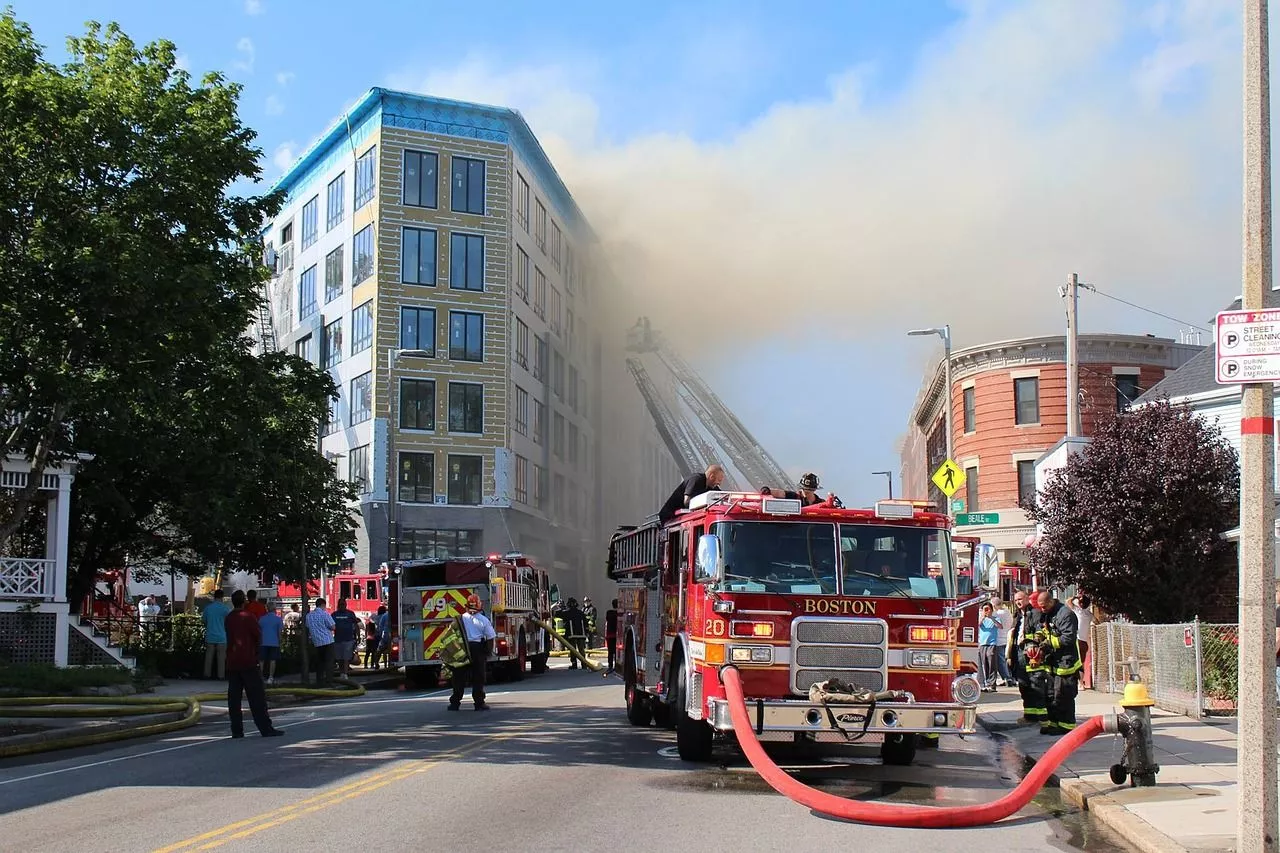Prime Causes of Fire Incidents in Restaurants
Commercial kitchens may be hazardous environments, especially regarding food preparation. The constant threat of a fire may be the most significant hazard. According to the National Fire Protection Association, there are an average of 8,240 restaurant fires per year, resulting in the deaths of two individuals and the injuries of an additional 115. Four times as many restaurant fires originate in the kitchen as there are stove fires. Listed are some of the most common reasons for restaurant fires, along with suggestions for avoiding them.
Top causes of a fire incident in restaurants:
Oil & Stains Captures
Restaurant cuisine relies heavily on animal fats and oils. Fuel oil typically burns at 900 to 1100 degrees Celsius. Forty-three per cent of all restaurant fires are caused by oil or fat igniting, according to the NFPA.
How to avoid it: Exhaust & Oil Outlet Cleaning.
To begin with, thoroughly clean the range’s surface and components at least once every week. However, cleaning a business hood is just the beginning. It’s easy to overlook the importance of your metal oil traps buried deep down. These things have the potential to be incredibly deadly if they catch fire. Federal requirements like proper food handler licensing for restaurants with significant throughput require cleaning them at least four times a year.
Gas leakage
Gas leaks cause the worst form of fire a restaurant may have. If your equipment can’t keep up with the gas flow, it significantly threatens your health and safety. Before the gas ignites, you may generally smell these leaks. Gas leaks must be addressed immediately if they are discovered.
Best ways to prevent: Insurance, inspection, and repair
Insurance is a frequent method of reducing the risk of this sort of fire since it is so common. Having your gas lines examined and maintained by a professional is your best bet.
Vents and ducts
According to a recent study, vent and ductwork fires are among the most frequent and most hazardous restaurant fires. Grease accumulation is widespread in exhaust systems, fans, and range hoods. This accumulation is very explosive and may also set things on fire because of the gases it produces.
What You Can Do to Prevent It: Cleaning the Restaurant Hood
The most straightforward strategy to avoid a restaurant hood fire is thorough and frequent hood cleanings. Cleaning the business hood regularly will help prevent this form of fire from igniting in the first place and lessen the damage caused by other types of fires.
Final thoughts
Vent hood cleaning in the workplace Keeping your ventilation system clean and clear of excessive grease buildup can help your equipment work effectively, keep you safer, and comply with regulations. Before deciding on a firm for your restaurant, do extensive research.
FAQ:
How much does it cost to clean restaurant hoods in Olympia, WA?
The Olympic WA hood cleaning cost will be between $135 and $180 per hour, depending on the team size. This fixed hourly rate is just the beginning; additional fees, such as Additional exhaust fans, cost between $50 and $75 and filter cleaning costs around $5.
How often should your restaurant hoods need to be cleaned?
Cleaning the kitchen hood regularly (every three months) is recommended, but it depends on several factors that our professionals can assist you with. Commercial/restaurant exhaust systems that employ wood or charcoal-burning stoves must be examined and cleaned every month, depending on the kind of burner used.
How do you degrease a kitchen hood?
If you don’t already have degreasing dish detergent and hot water to clean your range hood, you may use it instead. A solution of one part vinegar to one part water works well when removing difficult grease stains.
Is Baking Soda a good degreaser?
Baking soda may also be used as a degreaser on its own. Mix it with water to create a paste and use it. A thicker, more powerful paste may be made by adding less water to a baking soda and combining up to 5 parts to 1 part baking soda.

















